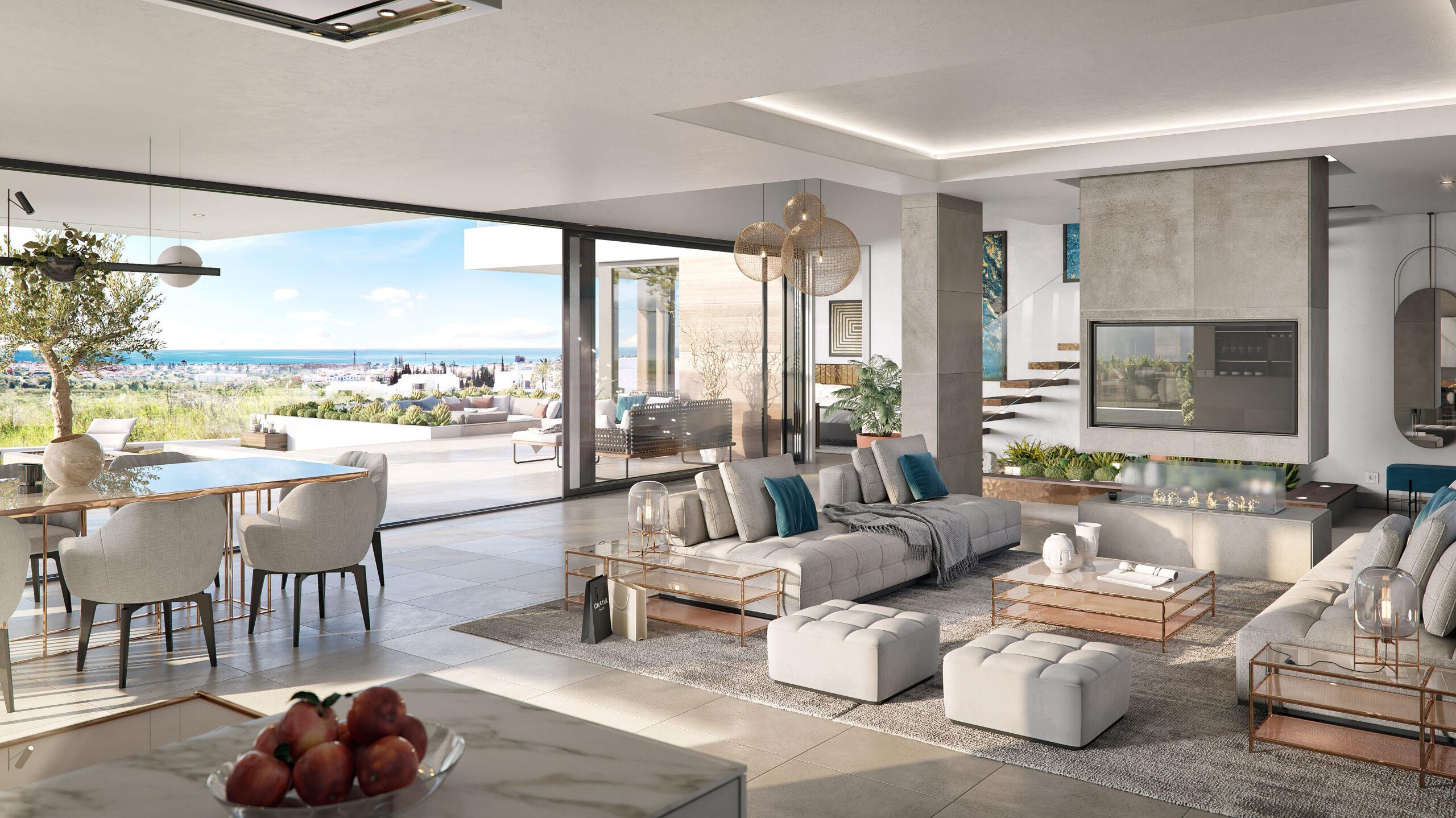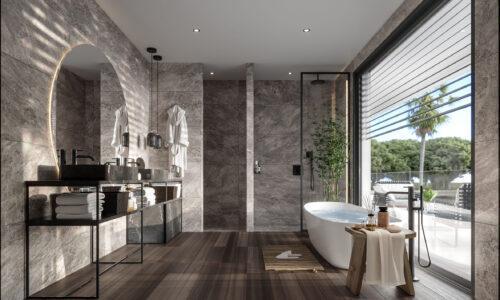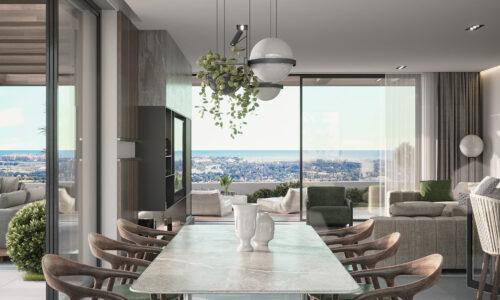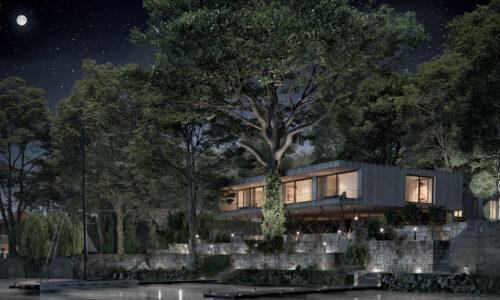
Mastering Photorealistic Images: Conveying Emotion and Creating a Sense of Belonging in 3D Visuals
- Yissel Álvarez
- July 20, 2023
- 3D Design
- 0 Comments
In the world of 3D visuals and animation films, creating photorealistic images is a powerful tool to evoke emotions and establish a connection between viewers and the depicted spaces. While conveying emotion through images can be challenging, it is essential for capturing the attention and interest of potential clients. In this article, we will explore how photorealistic images can evoke a sense of belonging and desire in viewers, and the techniques used by skilled 3D artists to achieve this.
The Power of Details in Photorealistic Images
Photorealistic images can be broadly categorized into two types: informational and emotional. While informational images focus on presenting the overall environment, emotional images delve into the details that evoke feelings and create a sense of place. Elements such as a half-full glass of wine, an open book, or the interplay of light and shadow on different textures can infuse life and emotion into an image. By showcasing these details, 3D artists challenge themselves to depict not just a space, but a living experience.
Enhancing Appeal with Film Techniques
Film techniques play a vital role in making renderings and videos more visually captivating. By incorporating techniques such as composition, lighting, and camera angles, 3D artists can create images that evoke emotions and engage viewers. Focusing on specific elements like an armchair with a spotlight or an open book with a glass of wine on a side table can transport the viewer and create a strong emotional impact.
Read this article: How to Use 3D Visualization to Effectively Communicate Architectural Designs
The Art of Storytelling in 3D Visuals
Storytelling plays a crucial role in elevating the quality of photorealistic images. It is important emphasises the significance of crafting a narrative within an image. By carefully selecting and arranging elements within a scene, such as an open book, glasses, and a cozy blanket on a sofa, an artist can tell a story and evoke specific emotions in the viewer. This storytelling approach enhances the overall quality of the image and attracts a wider audience.
Photorealism as Narrative at Zenit Visuals
At Zenit Visuals, photorealism goes beyond mere representation. It becomes a narrative, an experience that feels as real as possible. While addressing client requests is important, maintaining image quality is equally crucial. The team at Zenit Visuals strives to balance the presentation of the overall space with detailed images that tell a story and convey a specific lifestyle. By offering options that focus on both the amplitude of the environment and the finer details, they create a comprehensive visual experience for the viewer.
The Power of Collaboration in Image Quality
Collaboration is a key aspect of achieving high-quality results in photorealistic images. Zenit Visuals fosters a collaborative work environment where professionals work together to refine and improve the final product. It is important highlights how the exchange of ideas and feedback within the team leads to image enhancements from both technical and subjective perspectives. While the process may take a few additional days, this collaborative approach ensures the delivery of exceptional images that satisfy the client’s requirements.
In the realm of 3D visuals and animation films, photorealistic images have the power to convey emotions and create a sense of belonging. By focusing on the details, employing film techniques, and incorporating storytelling, skilled 3D artists can captivate viewers and transport them into immersive visual experiences. With a diverse team of talented individuals, Zenit Visuals continues to excel in delivering outstanding products that leave a lasting impression and ensure customer satisfaction.
If you need assistance with your architectural project and require visualization services, please feel free to contact us for further information.







